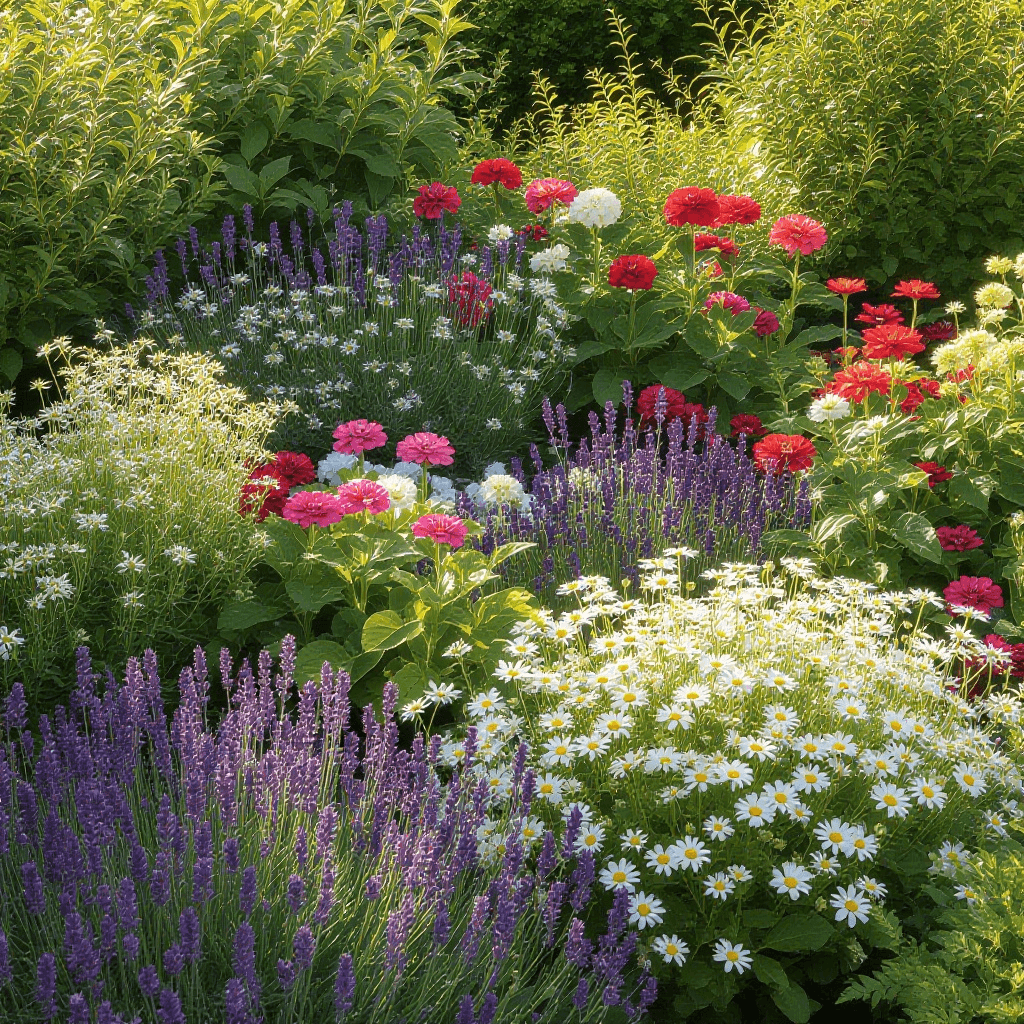Understanding the UK Climate
The climate in the United Kingdom is characterized by a temperate maritime climate, which is marked by mild temperatures, moderate rainfall, and relatively high humidity levels. The ecological diversity within the UK is significantly influenced by its geographical position, leading to the emergence of several distinct climate zones. Broadly, these zones can be categorized into coastal, upland, and lowland areas, each presenting unique climatic conditions suitable for various plant species.
Temperatures in the UK typically range from mild winters to cool summers, with average winter temperatures hovering around 0 to 5 degrees Celsius and summer temperatures rarely exceeding 30 degrees Celsius. Rainfall is another vital aspect of the UK climate, with annual precipitation averaging between 750mm to 1,300mm, depending on the region. Coastal areas often experience less rainfall compared to the western uplands, which are subjected to more frequent storms and consequently higher annual precipitation rates.
The sunlight availability in the UK also plays a crucial role in determining the types of plants that flourish. On average, the UK receives about 1,200 to 1,600 hours of sunshine annually. However, during the winter months, sunlight is significantly reduced, which poses challenges for growth, particularly for sunlight-dependent species. Additionally, the seasonal changes distinctly impact plant growth cycles, with spring and summer providing the ideal conditions for planting and nurturing a wide range of species.
The interplay of these factors—temperature, rainfall patterns, sunlight, and seasonal variations—forms a complex framework that dictates which plants thrive in UK gardens. By understanding the intricacies of the UK climate, gardeners can make informed decisions about selecting plant species that are well-adapted to their specific environmental conditions.
Flower Gardens
Flower gardens can bring vibrant colors and fragrances to any UK outdoor space. For sunny locations, consider planting Lavender, renowned for its lovely purple blooms and ability to attract pollinators. Its drought-resistant nature makes it an ideal choice for well-drained soils. Alternatively, Rudbeckia, also known as Black-eyed Susan, is perfect for a late summer display, thriving in various soil types and requiring minimal maintenance.
Vegetable Patches
For vegetable patches in the UK, Tomatoes are an excellent choice, given their popularity and versatility. Varieties such as ‘Gardener’s Delight’ flourish in greenhouses or sunny spots in the garden. Additionally, Carrots are easy to grow and can be sown from early spring to late summer, benefiting from well-drained, sandy soil. Incorporating Cabbage also adds nutritional value to home gardens, as they adapt well to the UK climate and can withstand cooler temperatures.
Wildlife Gardens
Creating a wildlife-friendly garden supports biodiversity and benefits the ecosystem. Aster species can attract butterflies and bees with their late bloom season, providing vital resources for pollinators. Additionally, incorporating Blackthorn bushes helps create habitats for birds and insects while offering edible fruit. Easy to grow and manage, Foxglove also provides nectar for pollinators and can thrive in various soil conditions, ensuring a welcoming environment for wildlife.
Conclusion
Choosing the right plants for various garden types is essential for creating a thriving, beautiful outdoor space. By selecting species that match the specific conditions and purposes of each garden, gardeners can ensure a successful and sustainable gardening experience.
Seasonal Planting: When to Plant and Care for Your Plants
Understanding the seasonal requirements for planting and caring for garden species is essential for promoting healthy growth in UK gardens. Different plants thrive in different conditions and seasons, making it imperative to time your planting and maintenance properly.
In spring, the soil begins to thaw, and temperatures rise, making it an ideal time for sowing seeds or planting hardy annuals and perennials. Prior to planting, ensuring proper soil preparation through tilling and adding organic matter can significantly enhance the soil’s fertility, structure, and drainage. Regular watering is critical during this season, as spring can be unpredictable in terms of rainfall. As growth picks up, be vigilant about pests; inspecting plants regularly can prevent infestations.
Summer is characterized by growth and flowering for many species. During this time, maintaining moisture levels through consistent watering is vital since the weather can become hot and dry. Additionally, fertilization strategies should be employed judiciously in this season, particularly for flowering plants that may require additional nutrients to support blooming. Regular deadheading encourages further flowering and helps maintain plant health.
Autumn is a time for preparation; many plants benefit from being divided or transplanted during this cooler season. This is also an ideal time to apply a layer of mulch to protect root systems from frost while retaining soil moisture. Preparing for winter by addressing pest control is vital, as certain pests can overwinter in your garden. A thorough clean-up of dead plant material will minimize their presence.
Finally, winter brings dormancy for many garden species. While most plants require minimal care, it’s crucial to prevent any waterlogged soil conditions, which can compromise root health. Planning for spring during the winter allows gardeners to strategize the best seasonal planting calendar tailored to their specific garden climate.
Sustainable Gardening Practices for UK Gardens
In recent years, sustainable gardening practices have gained significant attention, particularly in the context of the UK’s unique environmental challenges. The importance of these practices extends beyond aesthetics; they contribute to ecological health, biodiversity, and the overall well-being of our communities. A key component of sustainable gardening is the use of native plants, which are well-suited to the local climate and soil conditions. Native species require less water and fewer chemical inputs compared to non-native variants, making them a more eco-friendly option for your garden.
In addition to selecting native plants, adopting organic pest control methods is a critical aspect of sustainable gardening. This approach reduces reliance on synthetic pesticides that can harm beneficial insects and pollinators. Home gardeners can utilize natural alternatives such as introducing predatory insects, planting companion species, or using organic sprays made from neem oil or garlic. By employing these organic practices, gardeners can create a balanced ecosystem that supports pest control naturally.
Water conservation is another vital consideration in sustainable gardening. The UK experiences variable rainfall, making efficient water use essential. Installing rainwater collection systems can significantly reduce reliance on mains water, providing you with a sustainable source for irrigation. Mulching around plants and using drought-resistant species can also help retain soil moisture and reduce watering requirements.
Furthermore, fostering biodiversity in your garden is not simply a trend; it plays a crucial role in supporting local wildlife. By creating habitats such as wildflower patches, hedgerows, and insect hotels, gardeners contribute to the overall health of the ecosystem. Engaging with these sustainable gardening practices not only enhances the aesthetic appeal of your garden but also cultivates a thriving environment for various species, fostering a rich tapestry of life in your own backyard.


